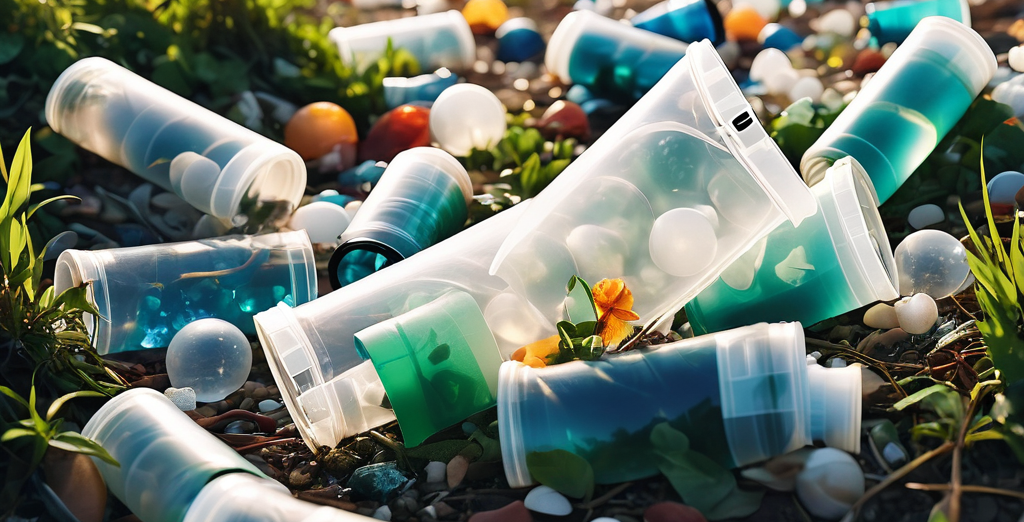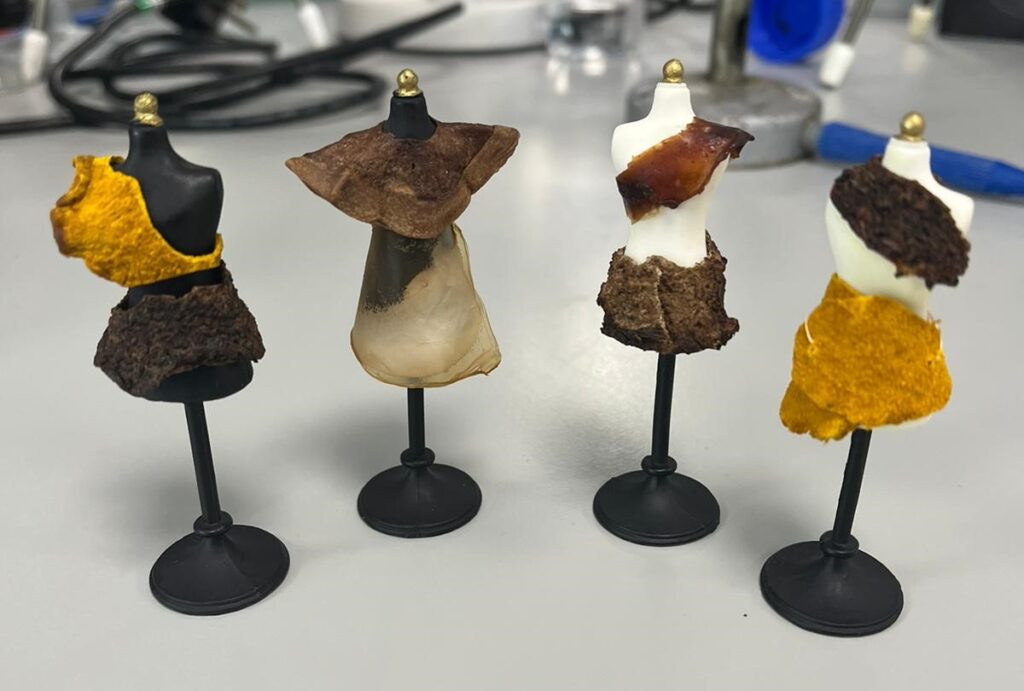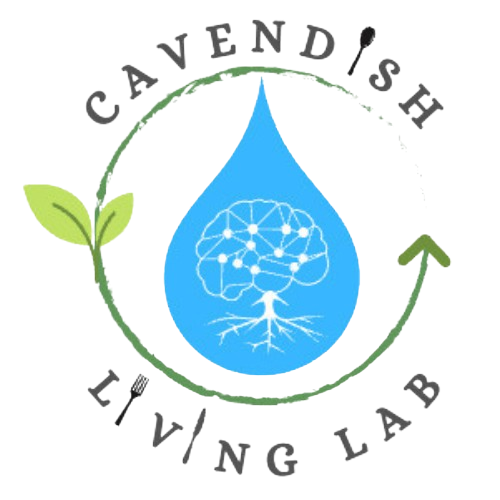The problem with plastic
Plastic is a versatile material used globally in various forms due to its durability, flexibility, and cost-effectiveness. Its widespread use can be attributed to its ability to be moulded into different shapes and sizes, making it suitable for a wide range of applications including packaging, containers, household items and many more. On average, each person around the world consumes 20.9 kg of plastic annually. The total worldwide consumption of plastic per year is 158,943,925 tons and demand for plastic continues to rise due to its versatility, durability, and cost-effectiveness.
However, plastic waste has become a significant global issue due to its widespread presence and detrimental impacts on the environment, wildlife, and human health.

“UK households discard an estimated 1.7 billion pieces of plastic every week. This translates to approximately 60 pieces per household per week.”
According to the research done by Greenpeace and Everyday Plastic in 2022, over half (58%) of the plastic waste in the UK ends is being incinerated. Incineration can release harmful pollutants into the atmosphere, contributing to air pollution and climate change. Only 17% of plastic packaging is recycled and 14% is exported as waste. Waste exports can have negative implications on the environment, especially if they end up in countries with inadequate waste management systems. Finally, 11% end up in landfills. While landfilling may seem like a better alternative to incineration in terms of immediate emissions, it still poses risks such as leachate contamination and methane emissions. Additionally, the decomposition rate of plastic waste varies depending on the type of plastic and environmental conditions. On average, it can take anywhere from 20 to 500 years for plastic waste to decompose fully.
Possible Solutions
In response to the environmental challenges posed by traditional plastics, bioplastics have emerged as a more sustainable alternative. Bioplastics are derived from renewable biomass sources such as corn starch, sugarcane or cellulose. Unlike conventional plastics, bioplastics have the potential to biodegrade more rapidly under suitable conditions.
Bioplastics offer several advantages over traditional plastics. They can help reduce reliance on fossil fuels, decrease carbon emissions during production, and mitigate environmental pollution. Additionally, some bioplastics are designed to break down more easily in composting facilities or marine environments compared to conventional plastics.
The research on the use of bioplastics cultivated in the Cavendish Living Labs project is pivotal in reducing the consumption of non-biodegradable, conventional plastics. Bioplastics, unlike their synthetic counterparts, can be derived from renewable sources and can easily degrade in the environment.

One of the alternatives researched at the CLL was bacterial cellulose (BC). BC is an organic compound with unique properties such as purity, strength, moldability, and increased water-holding ability. Bacterial cellulose has various applications in textiles, cosmetics, food products, and medical fields due to its desirable characteristics.
Current Work
Our team is currently working with volunteers on the production of biobased plastic, specifically Polyhydroxyalkanoates (PHAs) by bacteria.
PHA is a type of bioplastic that bacteria produce as an intracellular energy storage material. It is considered a promising alternative to traditional fossil fuel-based plastics due to its biodegradability and sustainability. The process involves cultivating the bacteria in fermentation tanks, providing them with suitable nutrients and conditions for PHA production. Once sufficient PHA has been accumulated within the bacterial cells, they are harvested and the PHA is extracted and purified for analysis.

Collaboration with volunteers not only supports the research and development of sustainable bioplastics but also provides valuable educational opportunities for students interested in research, environmental science and microbiology.
While bioplastics present an attractive alternative to traditional plastics from an environmental perspective, addressing challenges related to scalability, cost-effectiveness, and proper disposal methods is necessary for their widespread adoption.
Resources
Iguchi, M., Yamanaka, S. and Budhiono, A. (2000) ‘Bacterial cellulose—a masterpiece of nature’s arts’, Journal of Materials Science, 35(2), pp. 261–270. Available at: https://doi.org/10.1023/A:1004775229149.
Perread, S. et al. (no date) Plastic Overshoot Day – Report 2023, EA-Environmental Action 2023., Plastic overshoot. Available at: https://plasticovershoot.earth/report-2024/ (Accessed: 21 May 2024).
The Big Plastic Count Survey Results (no date) The Big Plastic Count. Available at: https://thebigplasticcount.com/results (Accessed: 22 May 2024).
Vicente, D., Proença, D.N. and Morais, P.V. (2023) ‘The Role of Bacterial Polyhydroalkanoate (PHA) in a Sustainable Future: A Review on the Biological Diversity’, International Journal of Environmental Research and Public Health, 20(4), p. 2959. Available at: https://doi.org/10.3390/ijerph20042959.
